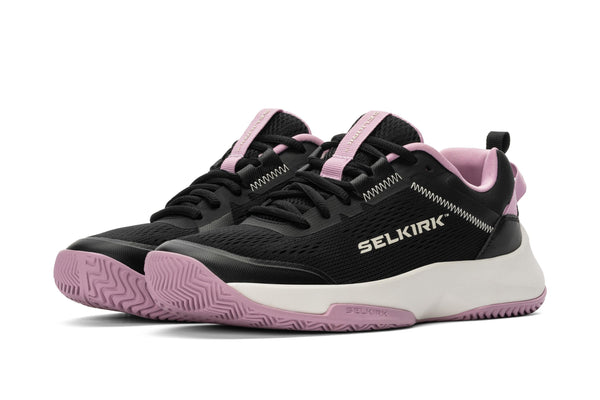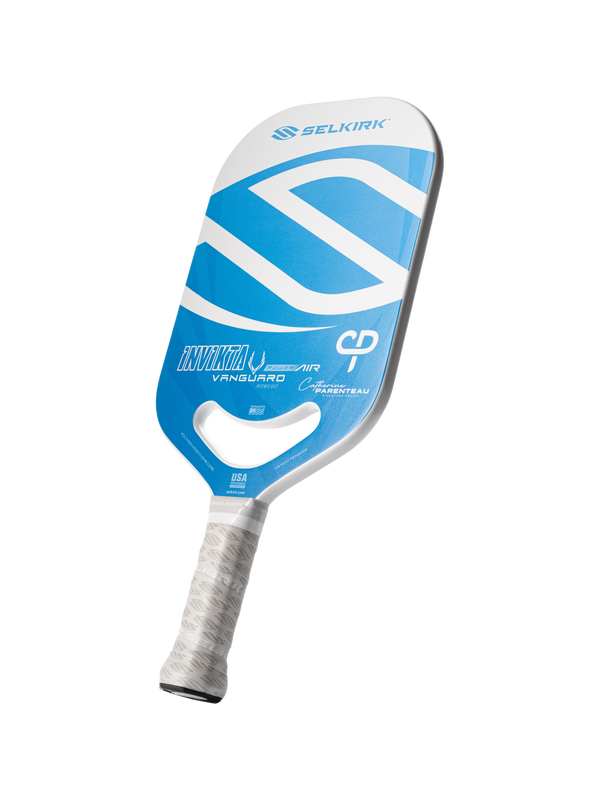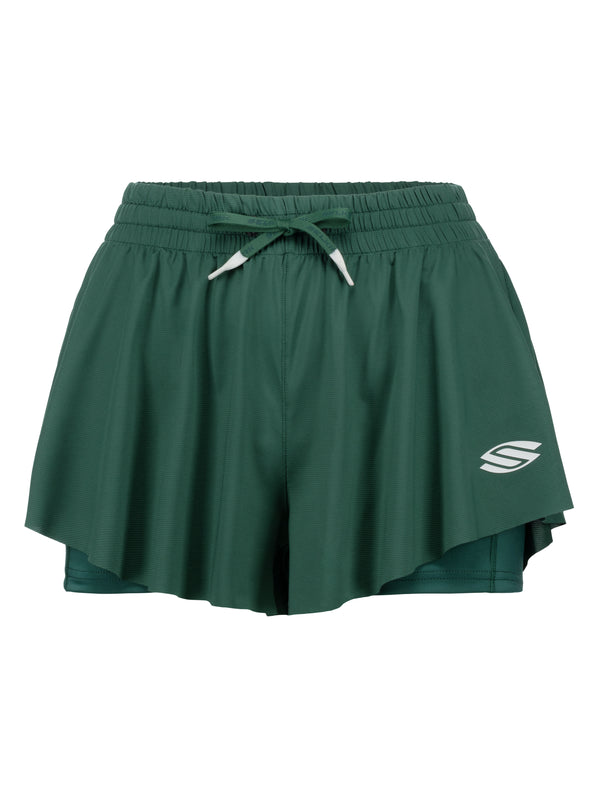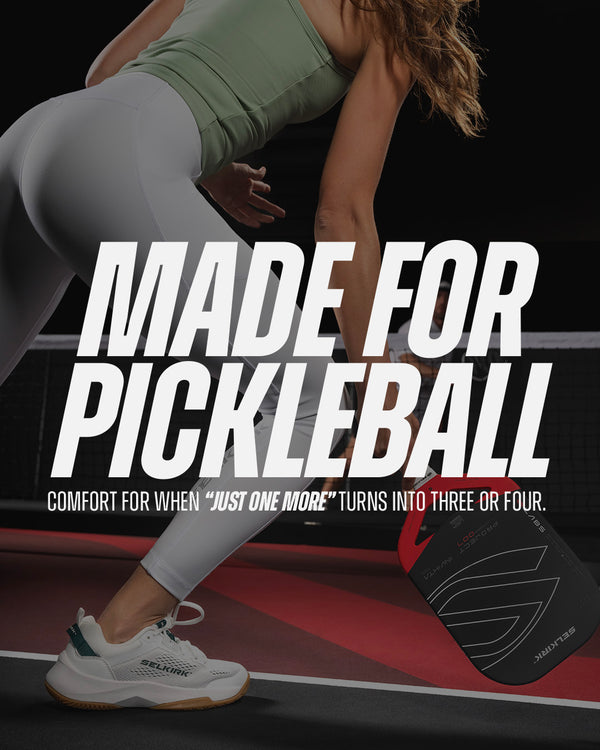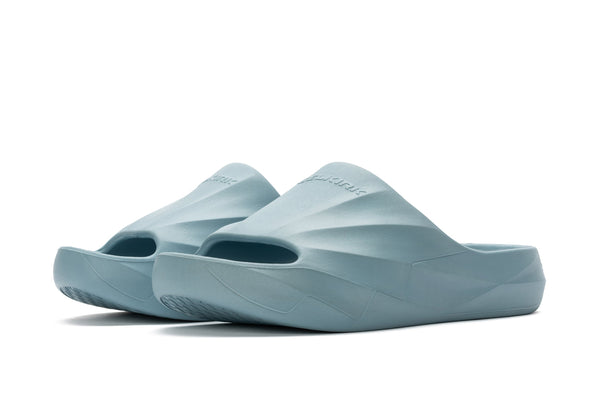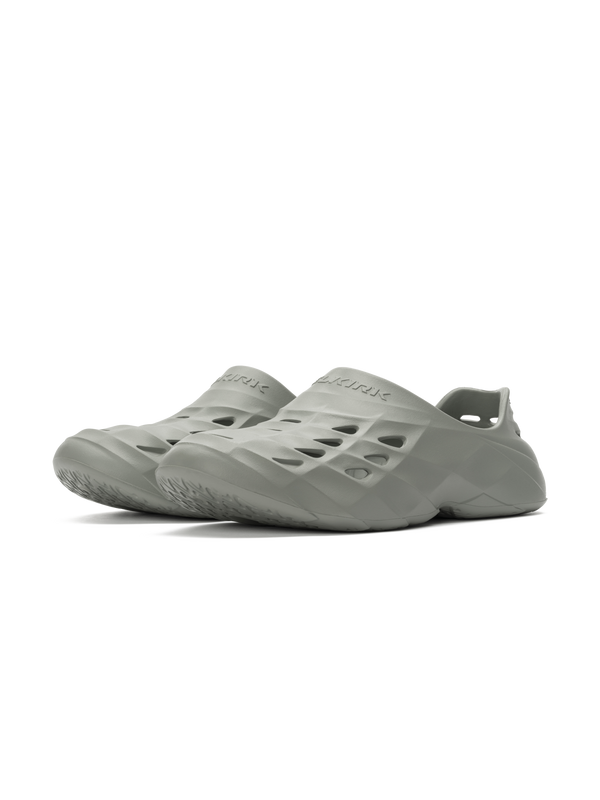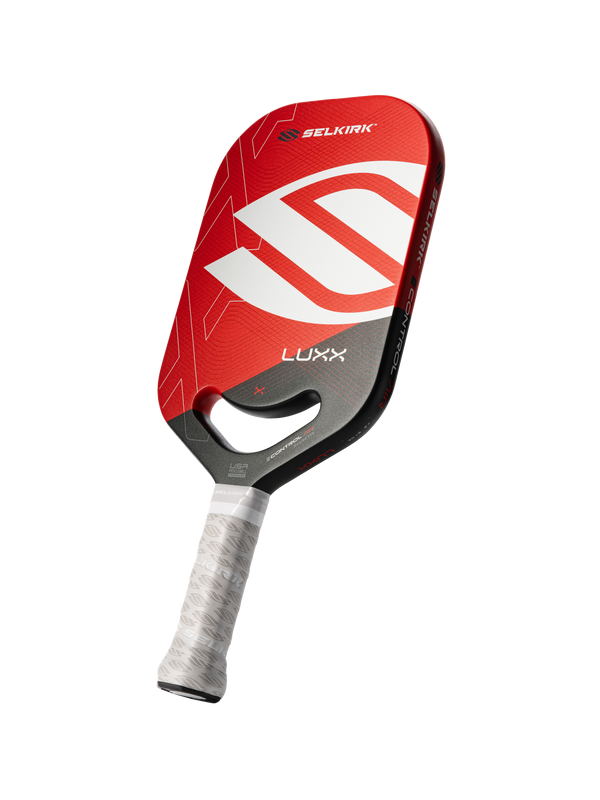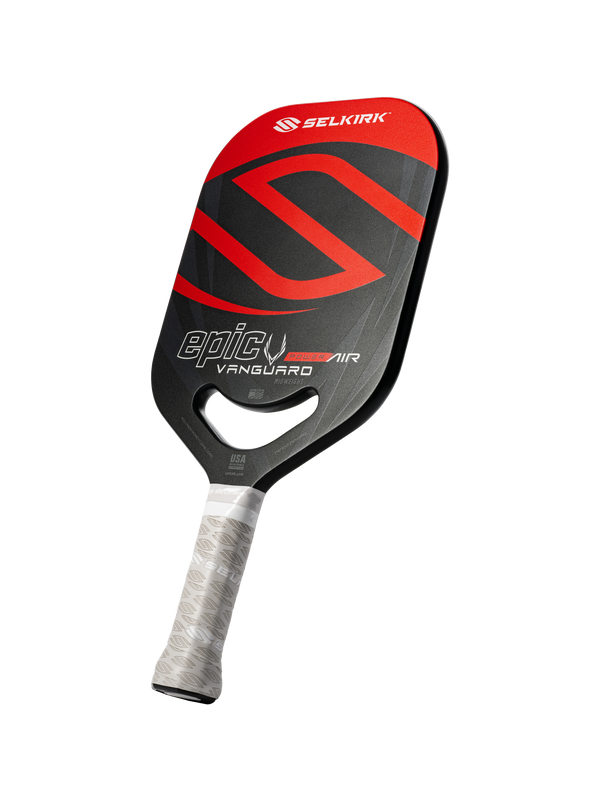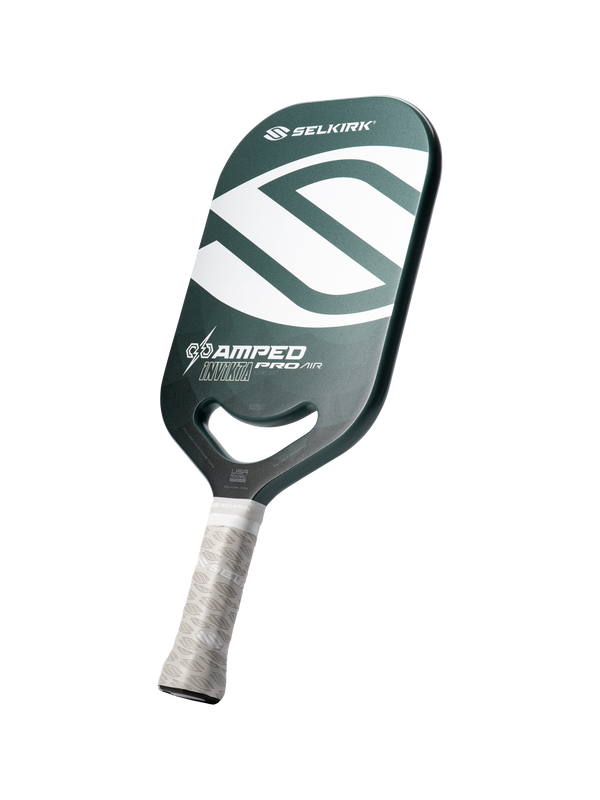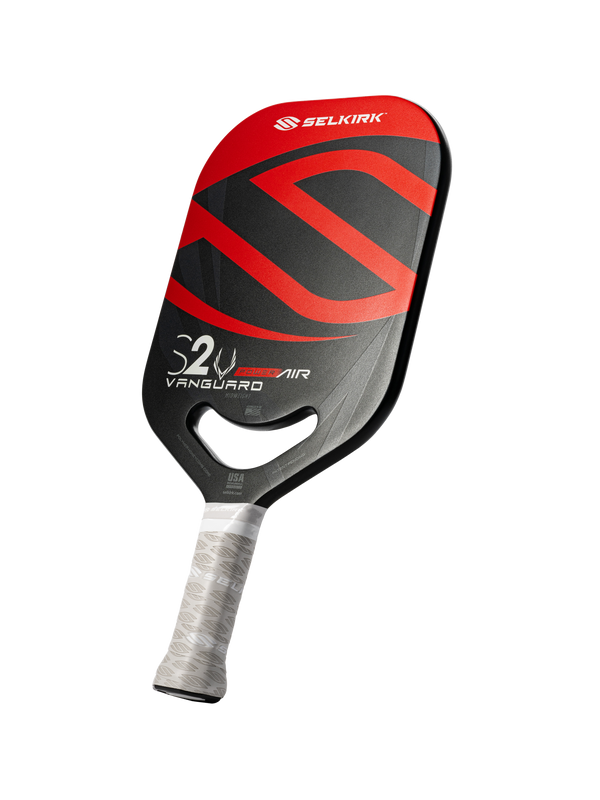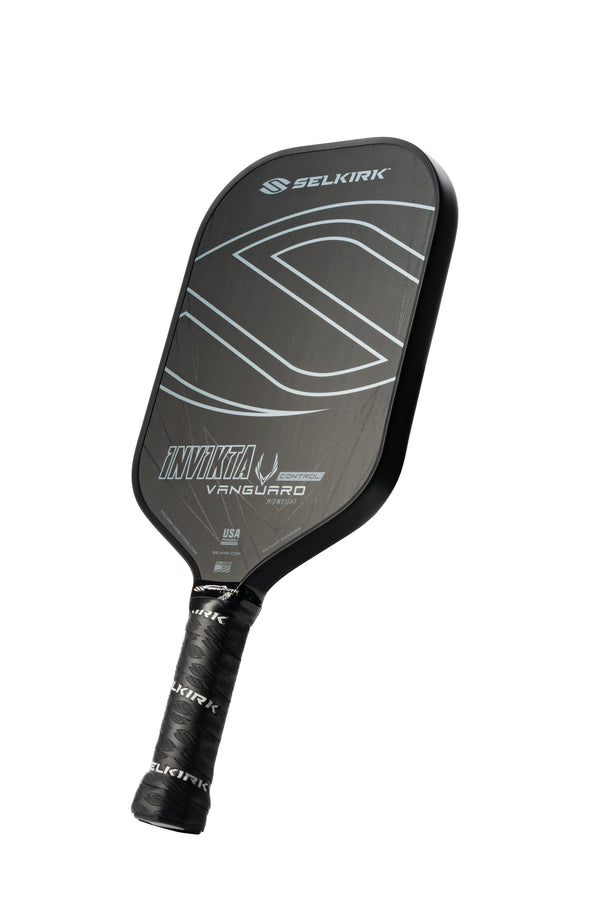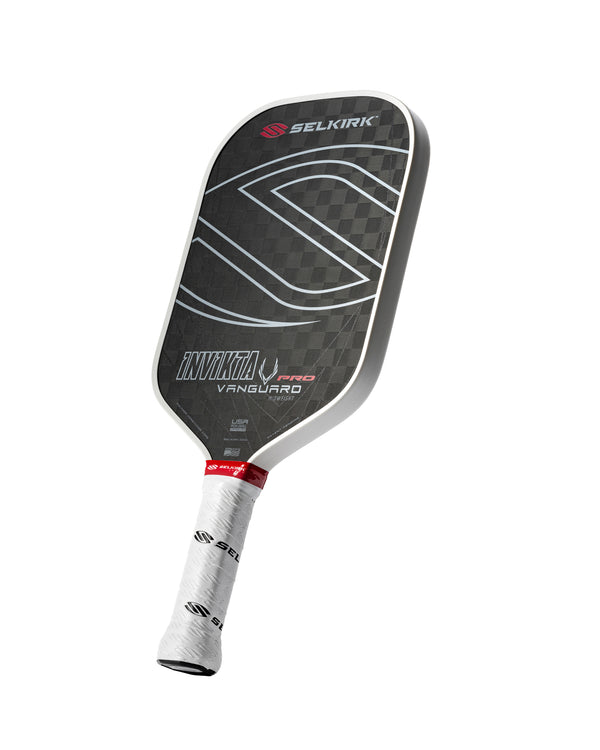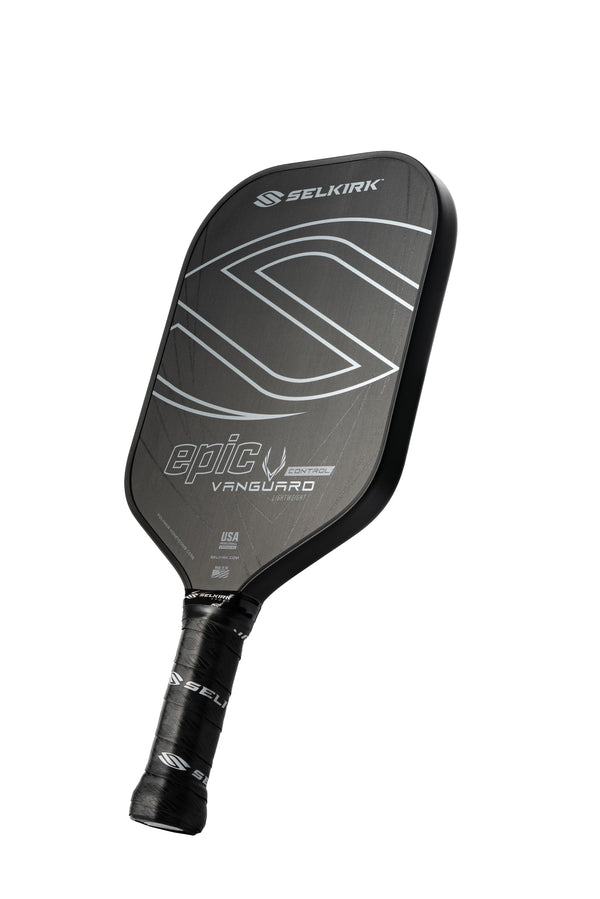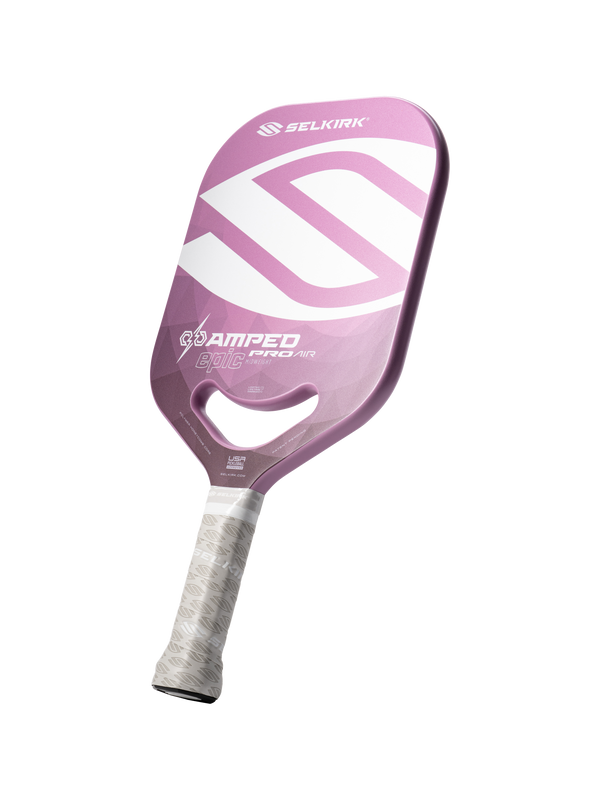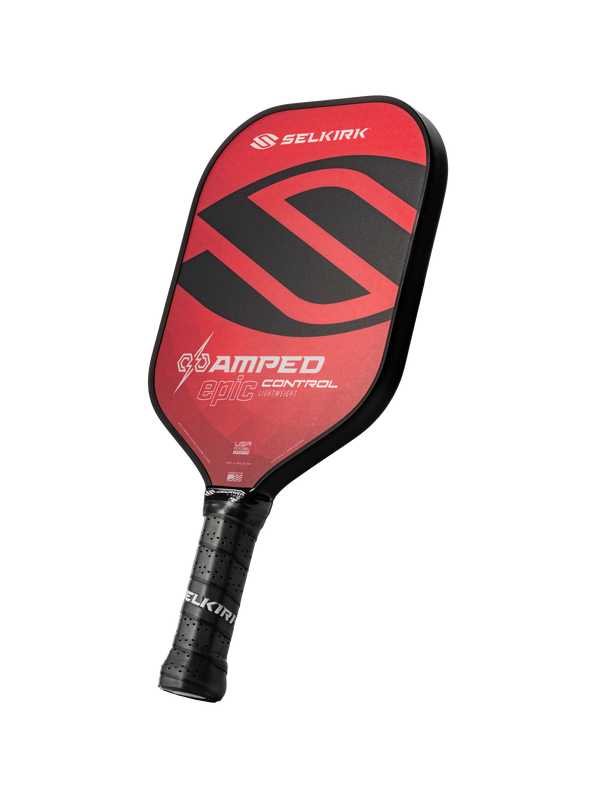
While dink rallies and carefully placed shots can win you many points on the pickleball court, nothing feels quite as good as coming out on top in a hands battle.
But as the game gets faster and more players learn how to succeed when volleying at the kitchen line, keeping up with your opponents can be difficult. That’s why it’s important to train not just your volley shots, but also your hand speed.
In this Selkirk TV Original, pickleball coach Morgan Evans shares several tips and drills for increasing your hand speed specifically for pickleball.
Club throws
A key component of fast hands is having strong forearms and wrist power. To help build this up, integrate club throws into your training regime.
To begin, grab a pair of 1-pound clubs. You can also use a dumbbell, or even two water bottles if you don’t have clubs.
Stand with your feet about hip distance apart and raise the clubs above your head, making an X configuration. Pull down on the clubs with all your force, and drop your body by hinging at the waist and bending at the knees.
Allow your arms to raise behind your back before reversing the motion to end with your clubs in an X configuration above your head. For full extension in the movement, allow yourself to go on your tiptoes at the top of the motion before releasing back down.
Repeat the motion for 12 repetitions before moving on to the counter motion. To train the remaining muscles in your forearms and wrists, it’s important to complete both types of club throws.
Standing with feet about hip-width apart, bend comfortably at the knees and then hinge forward at your hips. Drop your clubs in an X configuration below knee height.
Drive as hard as you can through your legs to explode up, swinging your clubs upward and outward. Again, raise to your tiptoes — your arms should now be out past your shoulders, making a Y configuration.
Then, lower back to your starting position, with your clubs in an X configuration below knee heights. Repeat for 12 repetitions.
Once you have done 12 repetitions, return to the original movement and complete another set. Alternate between the two movements until you have completed three sets of each.
Remember, this movement is about power and speed, not strength. Keep your weights light so you can focus on increasing your speed.
Plate pinch catches
Pickleball requires a variety of grip strengths to complete all the shots necessary to succeed. For example, a player may need to quickly switch from a firm to a soft grip to absorb power or from a soft to a firm grip to hit a finishing shot.
So, it’s important to train the hand and forearm muscles to fire quickly from a relaxed state. A great exercise to train these muscles is plate catches.
Grab a light plate weight, around 1 to 2 pounds. Standing with feet hip-width apart, hold the plate with both hands. Extend your arms in front of you and raise them to shoulder height.
Release and catch the plate in quick succession, alternating hands as you do so. You will quickly feel your forearm muscles firing up.
Strive to continue the motion for 30 seconds before taking a 30-second break. Repeat this process three times.
Beat the wall
Now that you have trained the muscles, it’s time to bring your paddle back into play. Grab your pickleball paddle and several pickleballs, and find an expanse of empty wall space.
This first exercise trains cardio, ball tracking, and quick transitions from backhand to forehand.
Stand about 10 feet away from the wall and feed one ball at the wall. As the first ball is about to make contact with the wall, feed another ball at the wall.
Now, continue hitting each ball toward the wall to keep the rally going. Aim your shots toward the center of the wall to give yourself more time to reset between each shot.
The rally will inevitably break down, so remember to hit a softer, higher ball when you need to buy yourself some time to regain control. Continue the rally for as long as possible.
Once you are comfortable with this drill, it’s time to speed things up. To do so, move about five to six feet away from the wall.
Feed a ball at the wall and begin a volley rally with yourself. Try to aim the ball across your body with each shot so that you can continuously practice transitioning from forehand to backhand shots.
Keeping a low and open stance, slowly transition closer to the wall throughout the drill so that you can cut down on your own reaction time.
Once you master this drill, it’s time to move on to the third and final progression of “Beat the Wall,” which will take practice to master.
Stand about 6 feet away front the wall and feed a ball toward the wall. As it’s about to make contact, feed the second ball.
Try to keep a volley rally going with both balls in the air. To succeed in this drill, try to aim the ball higher on the wall and use a short swing path to ensure you have enough time to reset before the next ball returns toward you.
A two-ball volley rally is hard to continue for a long period, so in this drill, if you hit six shots in a row, you’ve won. Don’t get discouraged!



